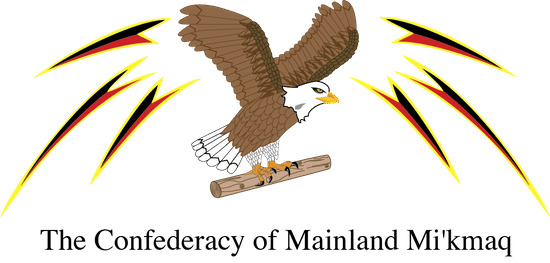The increased risk of wildfire due to extreme draught caused by hotter, drier summers is a growing concern in Nova Scotia, particularly in the area of the Acadia First Nation. A wildfire risk assessment, conducted in partnership with the Nova Scotia Department of Natural Resources and Renewables, found that three of Acadia First Nation's member communities are at extreme risk of wildfire.
With grants from the Municipal Climate Resiliency initiative the Acadia First Nation began the planning for three 10-30 metre wide fire breaks for three communities. A FireSmartTM Community Wildfire Risk Assessment for the area was completed to assist with the focus of work. To bring awareness to the project and to educate the community, a social media and print campaign was developed, leading to the creation of the Acadia First Nation Wildfire Resilience Committee.
Once the project started, the widths of the fire breaks were dramatically increased to provide even more protection to the communities. Progress continues to be made on the three fire breaks, amounting to over eight kilometers of protection. The fire breaks are being completed by three separate forestry contractors under the guidance of a forestry operator from the community. Additional work is being done to reduce the fuel loads around buildings in the communities as well, providing an additional layer of protection. Fuel load reduction work is being completed by community members with forestry training, volunteers, and members of the Wildfire Resilience Committee.
The fire breaks and fuel reduction around buildings in the community will greatly decrease the likelihood of wildfire spreading into communities. These precautions will also give emergency teams more time to respond to a wildfire breakout and give community members more time to evacuate if required.
Considerations for starting a Fire Break Development
- Community input is key to the success of the project.
- Having a steering committee consisting of members with diverse roles and skills allows for multiple perspectives when considering work and proposals.
- Provide opportunities for community education, awareness, and feedback in several different ways – town hall meetings, social media, print materials, etc.
- Completing an environmental impact assessment is valuable to understand the ecological impacts of the work and reassures the community that there will not be a negative impact to vulnerable species and natural spaces.
This work is part of a larger wildfire resilience project, which will continue with training opportunities for community members, implementation of other emergency mitigation measures, and wildfire specific emergency planning. The Wasoqopa’q Wildfire Resilience Committee would like to see similar work delivered to all First Nation communities within Nova Scotia.
